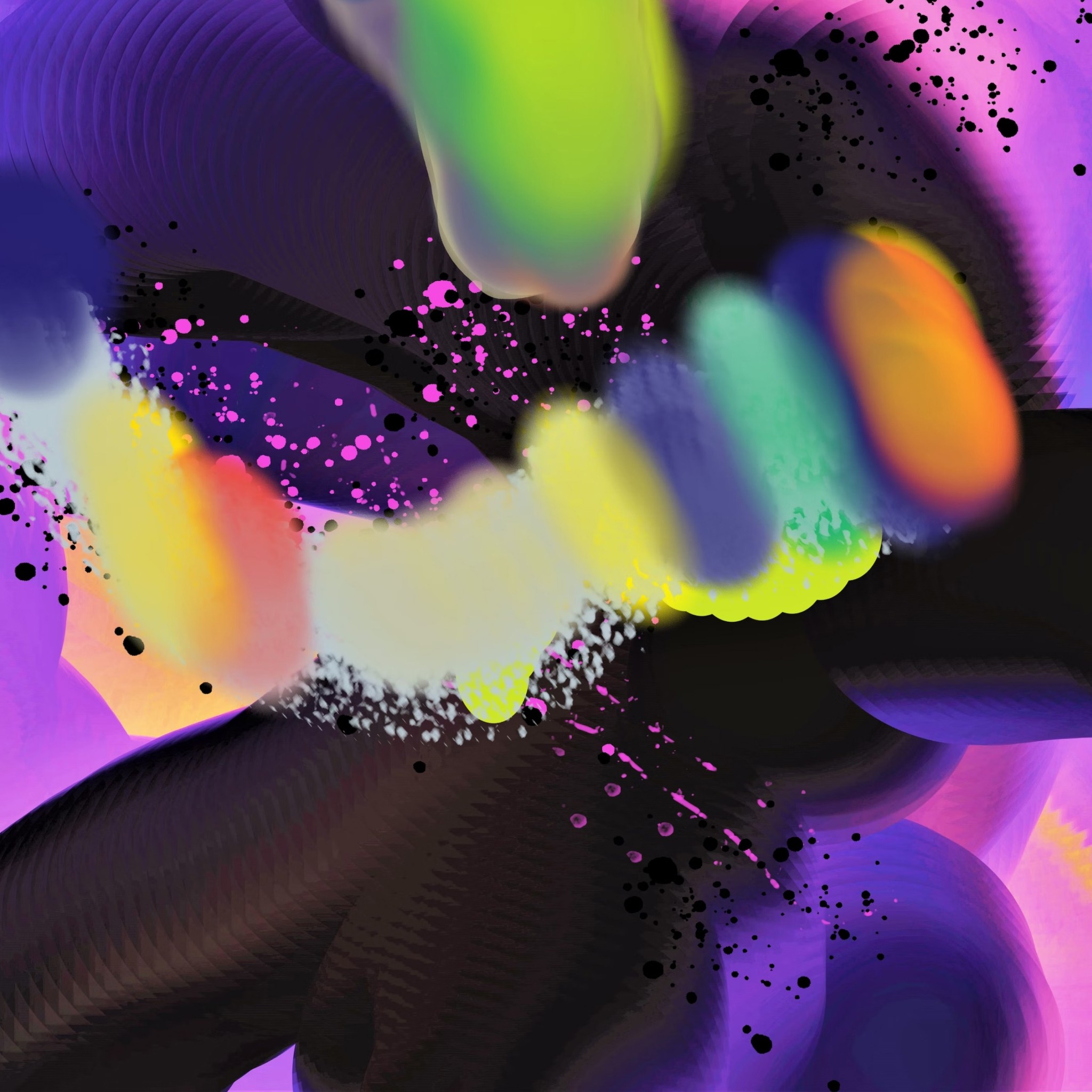If you continue to use this site, you consent to our use of cookies.
Exploring the world of NFTs
published
Feb 17, 2023
Words
Ian Styles

As part of the work in developing our new website, we spent some time getting to grips with the world of NFTs – we found a new world of possibilities that can be really tricky to navigate.
There are a few immediate ways to get into the world of NFTs – sites such as Objkt, Foundation, and Opensea allow you to browse the vast marketplace of pieces available, and there are things out there to suit any taste or budget. We spent a lot of time browsing. In fact, we found it better and easier to browse platforms such as Behance and Instagram to find artists' work that we liked, and then follow a link to their homepage, in the hope that they linked to an NFT site to buy. There is a real lack of curation on the NFT sites, although that is getting better now with Foundation's new 'World's' section, there is a lot of junk out there, and it's really not easy to filter it.
When we eventually found a piece we liked, the next thing to consider was the price, and these vary dramatically ranging from £50 to many thousands of pounds.
Working the list price out involves a currency conversion. Each NFT platform can use a different cryptocurrency (or chain). Objkt uses Tezos XTZ (or TZ) for short, not to be confused with the Tanzanian Shilling! Transactions on Foundation are all in Ethereum (ETH), and in Opensea you can filter and buy on a lot of different 'chains' however you can only buy certain pieces on certain chains.
When you have worked out the price in your daily currency, you have to bid and things get complicated!
First, you have to connect a digital wallet to be able to buy or bid on the piece you are interested in. There are a lot of different wallets out there, and not all of them work across all cryptocurrencies, and not all connect to the NFT marketplace you are using. The best two we came across are MetaMask, and Coinbase Wallet. The latter is much easier to actually buy Crypto through – more of that in a minute. Second, you have to connect your digital wallet to the NFT marketplace through a Chrome extension (if available).
Third, you have add funds so as to have enough available currency in your wallet in order to make an offer on a piece of work. In order to add Crypto to your wallet you have to transfer funds from your traditional bank account. The easiest way we found to do this, was to use a Coinbase account paying into it from your bank. *Note we didn't find a way to transfer currency from a business bank account, so had to use a personal account. When you have the money in Coinbase, you have to connect your Coinbase account to a separate Coinbase Wallet account and convert your traditional currency into the 'chain' currency you need to use. Of course, you will be paying a percentage fee here every time you make a transaction.
You are now free to bid and buy, and that bit is like eBay (remember that)? Some NFT's have a 'buy now' price, others you have to make an offer to the owner to see if it's accepted. If accepted the NFT is transferred to you and will live in your secure digital wallet to prove that you are the owner. From there you are free to use (subject to licensing) or sell on, or just hold onto it to see if it increases in value.
The world of NFT's is complicated, and if this is the future of 3.0 and democratising the Web, then life will not be easy. But perhaps when the web first arrived it was difficult to navigate, and Web 3.0 will get easier. However that works out, the world of NFTs really does democratise the world of art and gives the ability for anyone to create and sell their work.
We have met and connected with some really interesting people along the way, and we are now owners of some lovely pieces of work which we look forward to sharing.